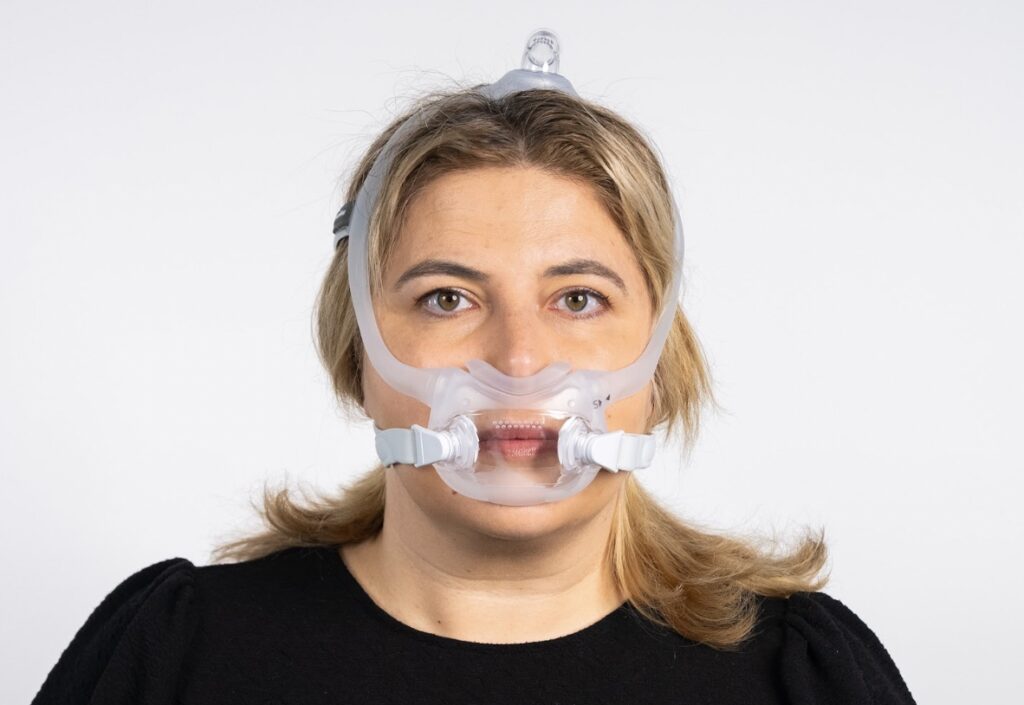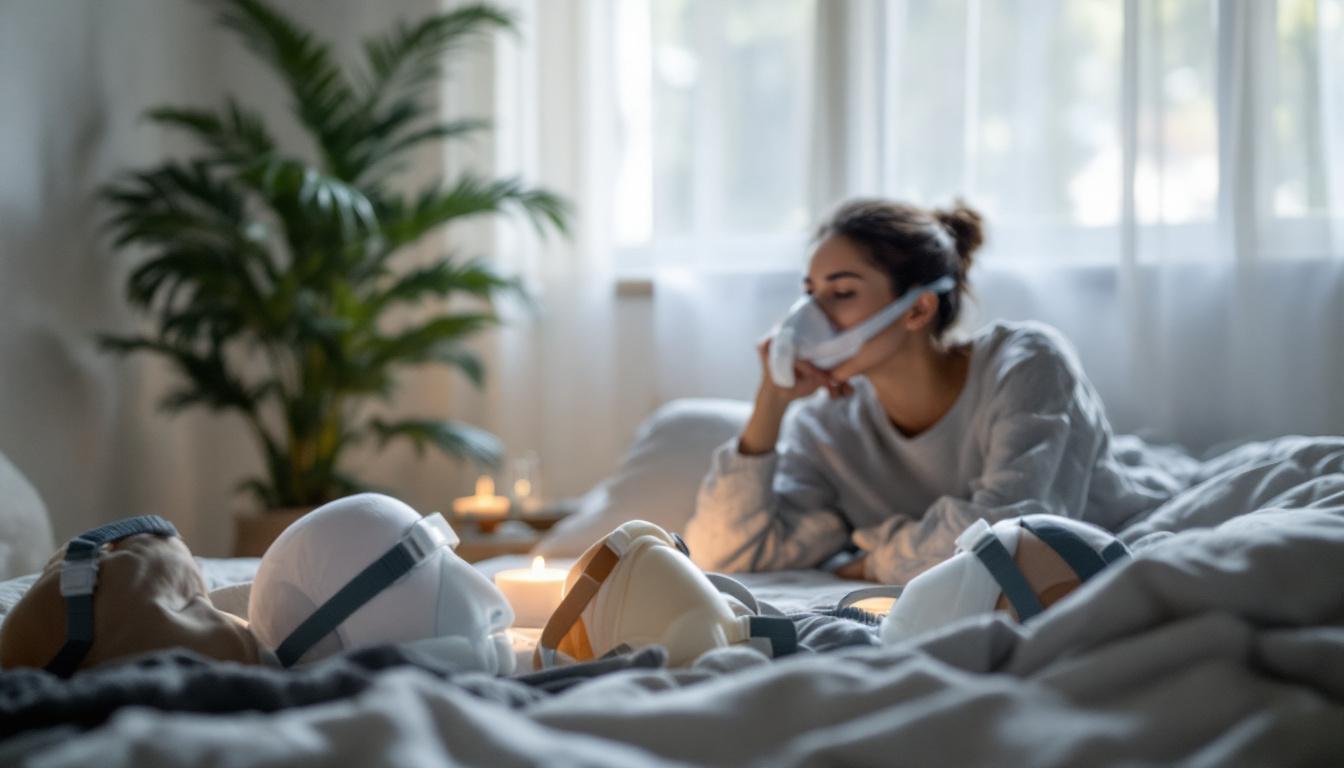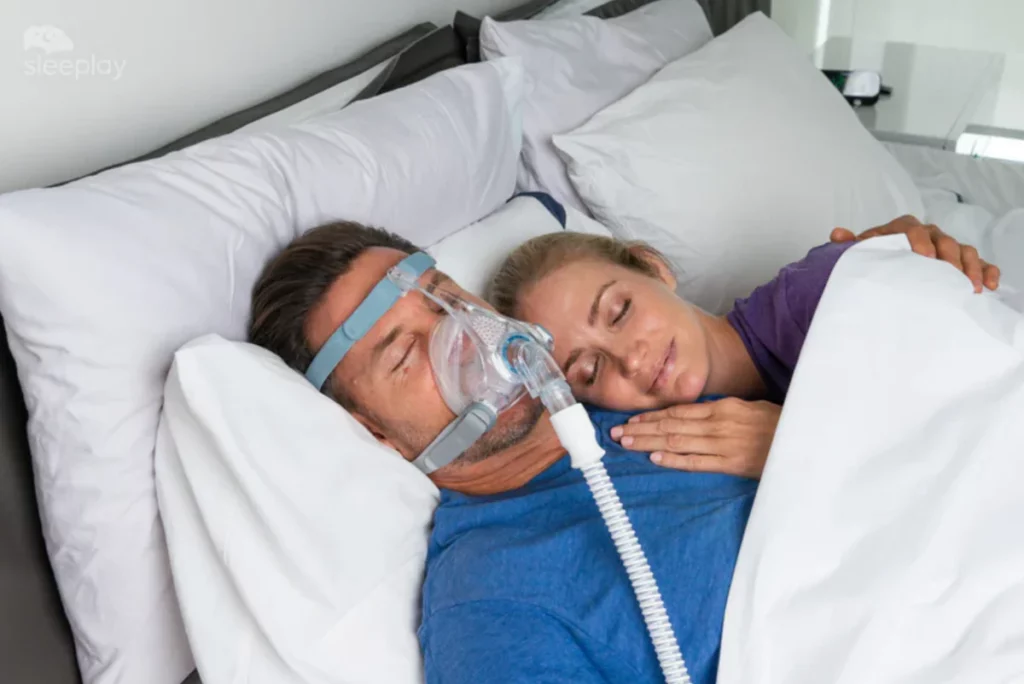Continuous Positive Airway Pressure (CPAP) therapy is a common treatment for obstructive sleep apnoea (OSA), a condition that affects many individuals across Australia. While the CPAP machine is essential for delivering the necessary airflow, the mask is equally crucial for ensuring comfort and efficacy during therapy. Selecting the right CPAP mask can significantly enhance the overall experience and improve adherence to treatment. This article provides a comprehensive guide on how to choose the right CPAP mask for your therapy.
Understanding CPAP Masks
CPAP masks come in various styles and sizes, each designed to cater to different preferences and needs. Understanding the types of masks available is the first step in making an informed choice.
Choosing the right CPAP mask is a critical step in ensuring effective therapy for obstructive sleep apnoea. By understanding the various types of masks, considering comfort and fit, and consulting with healthcare professionals, individuals can find a mask that meets their specific needs. Proper maintenance and care will further enhance the longevity and effectiveness of the mask, contributing to a more restful night’s sleep.

Types of CPAP Masks
There are three primary types of CPAP masks: nasal masks, full-face masks, and nasal pillow masks. Each type serves a specific purpose and is suited for different users.
- Nasal Masks: These masks cover the nose and are ideal for individuals who breathe primarily through their noses. They are generally lightweight and provide a good seal, making them a popular choice.
- Full-Face Masks: Covering both the nose and mouth, full-face masks are suitable for those who breathe through their mouths, especially during sleep. They are often recommended for individuals with nasal congestion or other conditions that hinder nasal breathing.
- Nasal Pillow Masks: These masks consist of small cushions that fit directly into the nostrils. They are less obtrusive and are preferred by users who feel claustrophobic with larger masks.
Mask Sizing and Fit
Finding the right size mask is essential for comfort and effectiveness. A mask that is too tight can cause discomfort and skin irritation, while one that is too loose may lead to leaks and ineffective therapy.
Most manufacturers provide sizing guides that include measurements of the face. It is advisable to measure the width of the nose and the distance from the bridge of the nose to the chin. Many CPAP suppliers also offer fitting services to ensure that users select the most appropriate size.
In addition to sizing, the material of the mask can significantly impact the user experience. Many CPAP masks are made from soft silicone or gel, which can enhance comfort and reduce the likelihood of skin irritation. Furthermore, some masks come with adjustable straps that allow for a more personalised fit, accommodating various head shapes and sizes. Users may also find that trying different masks over time can help them discover which design works best for their unique sleeping habits and preferences.
Another important aspect to consider is the maintenance of the CPAP mask. Regular cleaning is essential to prevent the build-up of bacteria and ensure the longevity of the mask. Most manufacturers recommend a daily cleaning routine using mild soap and water, along with a thorough rinse to remove any residue. Additionally, users should periodically check for signs of wear and tear, as a damaged mask can compromise the effectiveness of therapy and lead to discomfort during use.
Learn more on: Comparing Popular CPAP Mask Brands for Sleep Apnea
Comfort and Materials
Comfort is a paramount consideration when selecting a CPAP mask. The materials used in the mask can greatly influence how comfortable it feels during use.
Softness and Breathability
Most modern CPAP masks are made from soft, breathable materials that minimise skin irritation. Look for masks with silicone or gel cushions, as these materials tend to provide a better seal while remaining comfortable against the skin.
Additionally, consider the weight of the mask. Lighter masks can significantly enhance comfort, especially for those who may be sensitive to the feeling of wearing a mask throughout the night. The design of the mask also plays a crucial role; many manufacturers now offer adjustable straps and flexible frames that conform to the contours of the face, ensuring a snug fit without excessive pressure. This adaptability can be particularly beneficial for individuals who change sleeping positions frequently, as it helps maintain a secure seal without compromising comfort. Find more about pressure on https://www.health.harvard.edu/heart-health/blood-pressure-how-low-should-you-go
Noise Levels
While the CPAP machine itself generates some noise, the mask can also contribute to this. Choosing a mask that is designed to minimise noise can enhance the overall experience for both the user and their partner. Look for models that advertise quiet operation or have features designed to reduce airflow noise.
Moreover, some masks incorporate advanced technology to further dampen sound, such as specially designed exhalation ports that diffuse airflow more quietly. This is especially important for couples, as the sound of the machine can disrupt sleep for both parties. Users may also find it beneficial to explore additional accessories, such as soundproofing covers or white noise machines, which can help create a more serene sleeping environment. Ultimately, the combination of a well-fitted, quiet mask and a supportive sleeping atmosphere can significantly enhance the quality of sleep for CPAP users.
Personal Preferences and Lifestyle
Individual preferences and lifestyle factors play a significant role in the choice of CPAP mask. Understanding personal habits and sleeping positions can guide the selection process. The importance of finding the right mask cannot be overstated, as it directly impacts the effectiveness of CPAP therapy and overall comfort during sleep. A well-fitting mask can enhance compliance, ensuring that individuals adhere to their treatment plans and ultimately improve their quality of life.
Sleeping Position
Individuals who sleep on their sides may benefit from a mask that is designed to accommodate this position. Some masks are specifically designed to be low-profile, reducing the risk of discomfort when lying on the side. Conversely, back sleepers may find that a full-face mask provides the best seal and comfort. It is also worth noting that some users may shift positions throughout the night, which can complicate mask selection. For those who frequently change positions, adjustable masks that offer flexibility in fit can be particularly advantageous, allowing for a comfortable experience regardless of how one sleeps.
Facial Hair Considerations
For individuals with facial hair, it is essential to consider how this may affect the mask’s fit and seal. Full-face masks may not seal properly if there is significant facial hair, leading to air leaks. In such cases, nasal or nasal pillow masks may be more suitable. Additionally, some manufacturers offer specially designed masks that accommodate facial hair. Beyond the fit, the type of facial hair can also influence comfort; for instance, a beard might create additional friction against the mask, leading to irritation. Therefore, it is advisable for users to experiment with different styles and types of masks to find the most comfortable and effective option that meets their specific needs. Regular maintenance and cleaning of the mask are also crucial, as facial hair can trap oils and debris, potentially compromising the mask’s integrity over time. This attention to detail not only enhances the longevity of the equipment but also contributes to a healthier sleep environment.
Consulting with Healthcare Professionals
Before making a final decision on a CPAP mask, consulting with a healthcare professional is advisable. They can provide tailored recommendations based on individual health needs and preferences.
Sleep Studies and Assessments
Healthcare professionals often conduct sleep studies to assess the severity of sleep apnoea and determine the most effective treatment options. During these assessments, they can provide insights into which type of mask may be most suitable based on the patient’s specific condition and lifestyle.
Trial Periods
Many CPAP suppliers offer trial periods for masks, allowing users to test different styles and sizes before committing to a purchase. Taking advantage of these trials can help ensure that the selected mask is comfortable and effective for long-term use.
Maintenance and Care
Once the right CPAP mask has been selected, proper maintenance and care are essential to ensure its longevity and effectiveness.
Regular Cleaning
CPAP masks should be cleaned regularly to prevent the buildup of bacteria and ensure optimal hygiene. It is generally recommended to wash the mask daily with mild soap and warm water, rinsing thoroughly to remove any soap residue.
Additionally, users should replace the mask cushions and headgear as recommended by the manufacturer to maintain a proper seal and comfort. To find more about comfort click here.
Storage and Handling
When not in use, masks should be stored in a clean, dry place to prevent contamination. Avoid placing heavy objects on the mask, as this can distort its shape and affect the fit.
Conclusion

Ultimately, the right CPAP mask can significantly improve adherence to therapy, leading to better health outcomes and an enhanced quality of life. As the journey towards better sleep begins, taking the time to select the most suitable mask is a step worth investing in.

